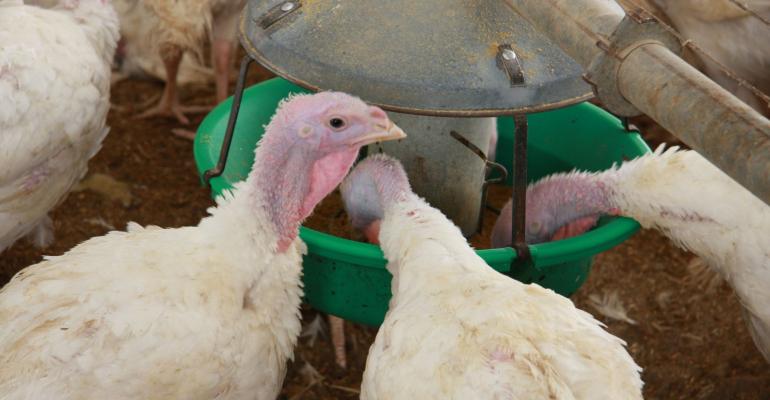Research shows vertical transmission of Salmonella Reading in breeders
Pathogen can colonize reproductive tissues of breeder hens as well as vertically transfer to eggs.
February 20, 2024

An untraditional serotype of salmonella, s. enterica serotype Reading (S. Reading), recently emerged as a foodborne pathogen following a multi-state outbreak in the U.S. due to the consumption of contaminated turkey products. In response to this outbreak, the Centers for Disease Control (CDC) issued four recalls of turkey products, and the outbreak strain was found widespread at all levels of commercial turkey production, including live turkeys. However, no single supplier of raw turkey products or live turkeys was identified accountable for the whole outbreak. The CDC engaged the entire turkey industry to find solutions to end the public health event.
Further studies on the outbreak strains revealed the emergence of a novel S. Reading turkey clonal group plausibly vertically transmitted from breeders to progeny. However, there was no direct evidence of transmission from breeders to progeny. To develop appropriate intervention strategies, it was critical to understand the potential of vertical transmission of S. Reading from breeders to progeny through fertile hatching eggs.
Made possible by funding from USPOULTRY and USPOULTRY Foundation, Dr. Li Zhang and others at Mississippi State University recently completed a research project with the objective of identifying the potential of bioluminescent S. Reading outbreak and non-outbreak strains to colonize the reproductive tissues of breeder hens following experimental infection and vertically transfer from hens through eggs.
Bioluminescence technology is a highly effective non-invasive tool that can allow one to view colonization of bioluminescent bacteria in internal organs and track its transmission following live bird challenge. Findings showed the ability of S. Reading to colonize reproductive tissues of breeder hens as well as vertically transfer to eggs.
The research summary can be found on the USPOULTRY website.
You May Also Like



